The city of Homewood, Alabama presents a remarkable case study in how psychological forces shape material reality. Nestled in Shades Valley between Red Mountain and Shades Mountain, this affluent suburb of Birmingham didn’t simply emerge through economic opportunity or geographic convenience. Instead, it was birthed from fear, sculpted by aspiration, and fortified through an almost obsessive drive for autonomy. Understanding Homewood requires examining the profound interplay between the community’s collective psychology and its material circumstances across more than a century of deliberate self-creation.
The Psychology of Flight: Disease as Urban Catalyst
The psychological genesis of modern Homewood can be traced to a singular moment of collective terror in 1873. When cholera swept through Birmingham, killing residents in the industrial city’s crowded quarters, it triggered something deeper than mere medical concern. The epidemic activated a primal psychological response that would define the region for generations: the association of urban density with death, and suburban space with salvation.
This wasn’t simply rational disease avoidance. The cholera outbreak created what we might recognize as a collective trauma response, embedding itself in the community’s psychological DNA. The survivors and witnesses didn’t just seek cleaner air across Red Mountain; they were fleeing from a visceral fear that conflated Birmingham’s industrial identity with existential threat. The material reality of disease became permanently fused with a psychological framework that viewed the city itself as contaminated, not just medically but morally and socially.
The communities that emerged from this flight—Rosedale, Grove Park, Edgewood, and Oak Grove—weren’t merely residential developments. They were psychological sanctuaries, each representing an attempt to create controlled environments where the chaos and contamination of urban life could be held at bay. The electric railway that connected these communities to Birmingham by 1911 reveals the delicate psychological balance these early suburbanites maintained: they needed the city’s economic opportunities but required physical and psychological distance from its perceived threats.
Aspirational Architecture and the Manufacturing of Identity
Perhaps no development better illustrates Homewood’s sophisticated understanding of psychology than the creation of Hollywood, Alabama in the 1920s. Developer Clyde Nelson didn’t simply build houses; he constructed a psychological framework through architecture. By deliberately adopting Spanish Mission style architecture, Nelson tapped into the American psyche’s association of this aesthetic with wealth, glamour, and West Coast sophistication.
This wasn’t accidental. Nelson understood that identity could be manufactured through material symbols. The wrought iron that John M. Harbert II sourced from New Orleans renovations wasn’t just decorative—it was psychological currency, imbuing the development with historical gravitas and cultural capital that Birmingham’s industrial landscape could never provide. The very name “Hollywood” was a psychological masterstroke, creating instant associations with glamour and success that elevated property values through pure perception.
The formal incorporation of Homewood in 1926, led by attorney Charles Rice, represented the materialization of this manufactured identity into political reality. The merger of Rosedale, Edgewood, and Grove Park wasn’t just administrative efficiency; it was a declaration of collective psychological independence, a formal rejection of Birmingham’s industrial identity in favor of something deliberately crafted to be its antithesis.
The Fortress Mentality: Autonomy as Existential Imperative
The most defining psychological characteristic of Homewood emerged during the annexation battles of the 1950s and 1960s. When Birmingham attempted to absorb Homewood in 1959, 1964, and finally in 1966, the suburban community’s response revealed a psychological framework that viewed autonomy not as preference but as existential necessity.
The decisive December 13, 1966 vote, where 65% of residents rejected annexation, wasn’t merely about tax rates or service quality. It represented a community-wide psychological defense mechanism against perceived contamination. Birmingham by then carried associations not just with disease and industry, but with racial tension, urban decline, and the loss of local control. The vote was Homewood declaring, at a fundamental psychological level, that its identity was built on being everything Birmingham was not.
This fierce autonomy drive reached its ultimate expression in 1970 with the establishment of the Homewood City Schools. The creation of an independent school system, supported by a five-mill ad valorem tax, reveals the community’s psychological hierarchy: educational excellence wasn’t just a goal, it was the central pillar of communal identity. The schools became Homewood’s psychological fortress, simultaneously attracting the “right” residents while maintaining barriers to entry through high property values and participation costs.
The Rosedale Paradox: Segregation’s Psychological Geography
The African-American community of Rosedale presents a complex psychological paradox within Homewood’s narrative. Established in the late 1800s on land locals called “Death Valley” due to its poor drainage and challenging topography, Rosedale developed its own robust psychological framework of community resilience and cultural pride despite material disadvantage.
The psychological violence of segregation manifested physically in September 1963 when a racially motivated bombing struck Central Avenue in Rosedale, occurring in the same month as Birmingham’s devastating 16th Street Baptist Church bombing. This attack shattered any illusion that Homewood’s geographical separation from Birmingham provided immunity from racial violence. Yet the community’s response revealed a different psychological framework than white Homewood’s—one built on endurance rather than flight, community solidarity rather than exclusion.
The closure of Rosedale School in 1969 during integration represented a profound psychological wound. The school had served as more than an educational institution; it was the psychological anchor of Black community identity in Homewood. Its loss initiated a slow dissolution of community cohesion that no material compensation could repair, demonstrating how psychological infrastructure can be even more vital than physical infrastructure to community survival.
The Excellence Trap: When Perfectionism Becomes Pathology
Contemporary Homewood, with its median household income of $108,386 and median property value of $502,300, has materialized its psychological drives into remarkable affluence. The community’s proximity to the University of Alabama at Birmingham, which generates $12.1 billion in annual economic impact, provides the material foundation for continued prosperity. Yet this success has created what might be termed a “psychology of perfectionism” that increasingly functions as community pathology.
The Homewood City Schools, consistently ranked among Alabama’s best, have become both the community’s greatest asset and its psychological prison. The drive for educational excellence has created material barriers—expensive field trips, high participation fees, minimal ESL support—that effectively exclude the very diversity the modern knowledge economy requires. The psychological mandate for excellence has become so rigid that it threatens the community’s material sustainability.
This manifests starkly in the contrast between thriving planned developments like SoHo and the decaying retail corridors of West Homewood. The abandoned storefronts along Wildwood and Green Springs represent more than economic failure; they embody a psychological inability to accept anything less than curated perfection. The community would rather allow these spaces to decay than risk the perceived contamination of working-class commerce. The resulting blight attracts crime, creating the very insecurity the community’s entire history has been structured to avoid.
The Psychological Crisis of Modern Homewood
Today’s Homewood faces a fundamental psychological crisis that material success cannot resolve. The community’s Hispanic population, growing rapidly but often undercounted, exists in a psychological limbo—physically present but psychologically invisible to the community’s self-conception. The minimal ESL services in schools and fee-based recreational facilities create not just material exclusion but psychological alienation.
The transient homeless population, often traveling from Birmingham to West Homewood’s vulnerable retail areas, represents the return of the repressed—the urban “other” that Homewood has spent 150 years trying to escape, now manifesting within its own borders. The community’s psychological framework, built on separation and control, lacks the flexibility to address these challenges through inclusion rather than exclusion.
Local initiatives like the West Homewood Community Exchange and farmers markets reveal an alternative psychological framework struggling to emerge—one based on mutual aid rather than exclusion, diversity rather than homogeneity. These volunteer-driven systems suggest that beneath Homewood’s fortress mentality exists a latent capacity for inclusive community building, if the dominant psychological framework can evolve.
The Material-Psychological Synthesis
Understanding Homewood requires recognizing how thoroughly psychological forces shape material reality. The community’s high property values aren’t just economic facts; they’re the materialization of a collective psychology that equates exclusivity with safety. The struggling retail corridors aren’t just poor planning; they’re the physical manifestation of a psychological inability to integrate anything perceived as “lesser” into the community’s self-image.
The establishment of conservation easements protecting the Homewood Forest Preserve in 2007 along Shades Creek, part of the biodiverse Cahaba River watershed, represents a more mature psychological framework beginning to emerge—one that values preservation over development, ecological connection over isolation. Yet this environmental consciousness exists in tension with the community’s historical psychology of control and separation.
Toward Psychological Evolution
Homewood’s future depends not on material resources—it has those in abundance—but on psychological evolution. The community must reconcile its historical psychology of fear-driven separation with the contemporary reality of necessary interdependence. The proposed redevelopment of West Homewood, if it occurs, cannot simply replicate the exclusivity of SoHo but must integrate affordable housing and inclusive commercial space that acknowledges the full spectrum of community members.
The schools, as the community’s psychological center, must transform from fortresses of exclusivity to bridges of opportunity. This means not just funding robust ESL programs but psychologically reframing diversity from threat to asset. The community’s tradition of local control and self-governance, rather than being abandoned, must be redirected toward creating excellence through inclusion rather than exclusion.
The psychological architecture of Homewood—built on fear, aspiration, and autonomy—has created remarkable material success. But that same architecture now constrains the community’s ability to adapt to contemporary realities. The question facing Homewood is whether it can evolve its collective psychology from one based on separation and control to one embracing connection and inclusion, while maintaining the excellence that defines its identity. The answer will determine whether Homewood thrives as a diverse, dynamic community or calcifies into an isolated enclave, forever fleeing from fears that now exist within its own borders.
The story of Homewood ultimately demonstrates that communities are psychological constructs as much as physical places. The forces that shape a place—fear, aspiration, identity, autonomy—become embedded in its very infrastructure, its schools, its streets, its segregated and integrated spaces. Understanding this psychological architecture is essential not just for comprehending Homewood’s past but for imagining its future. As the community faces growing diversity and inequality, it must decide whether to reinforce its historical psychological defenses or develop new frameworks that transform difference from threat to strength.
In this light, Homewood stands as more than a Birmingham suburb. It represents a profound American experiment in whether a community built on psychological separation can evolve toward psychological integration without losing its essential identity. The material forces are aligned for either outcome. The psychological choice remains to be made.

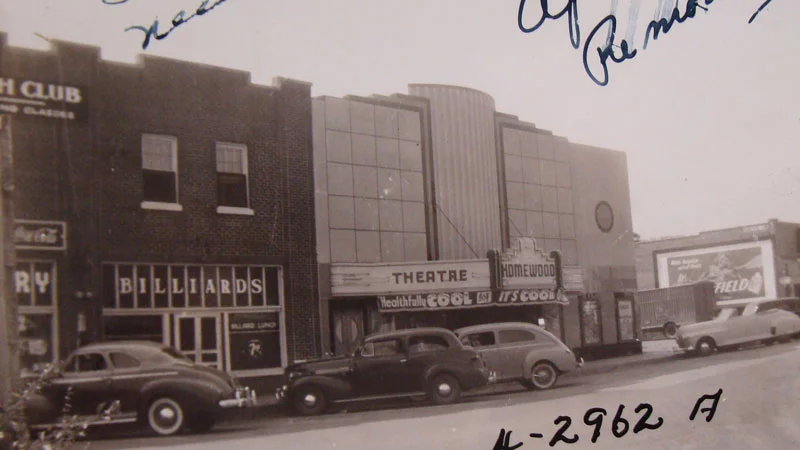
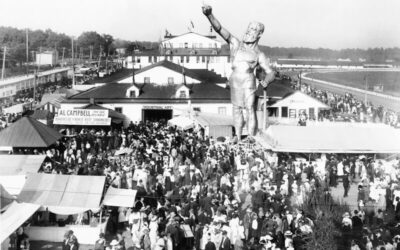
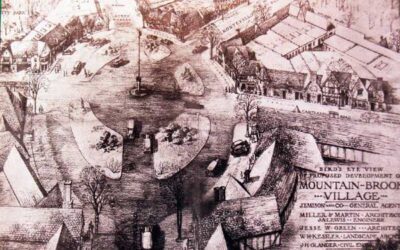
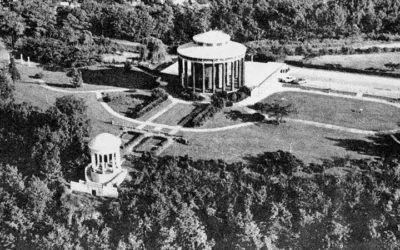

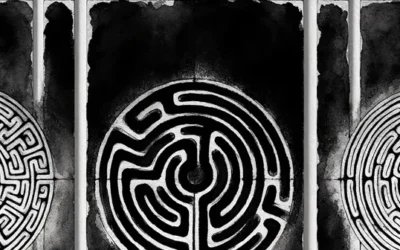




















0 Comments